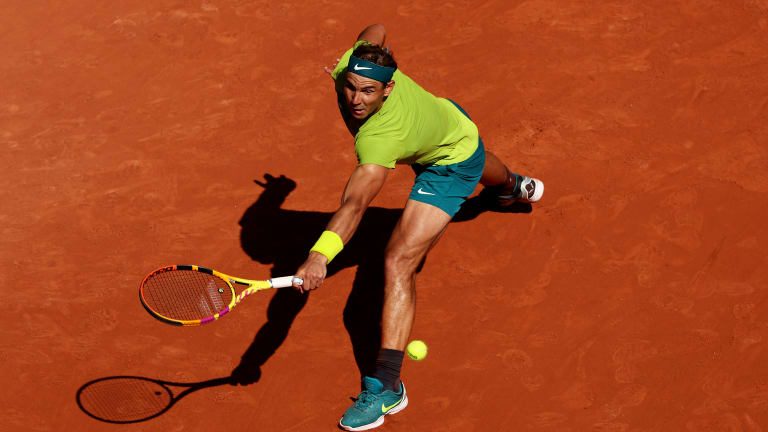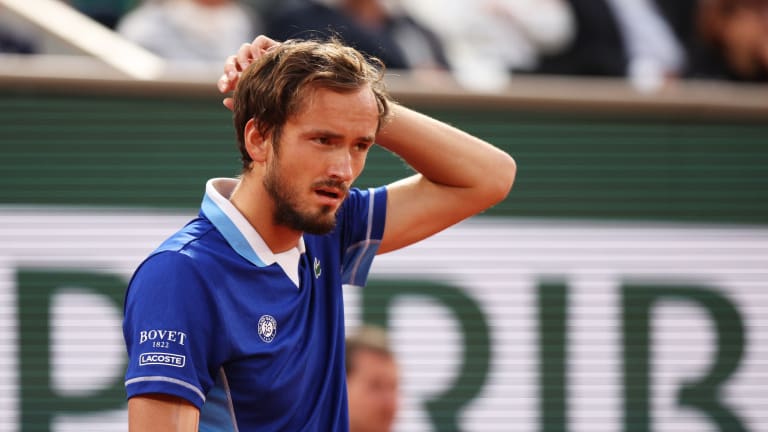Facts & Stats
Rankings Roulette: What’s the best way to determine who is No. 1?
By Jun 13, 2022Facts & Stats
Iga Swiatek is one Australian Open title away from completing a Career Slam
By Jan 14, 2026Facts & Stats
Carlos Alcaraz to chase historic Career Slam at this year’s Australian Open
By Jan 13, 2026Facts & Stats
Happy birthday, Hsieh Su-wei! 40 stats for the Taiwanese trailblazer's 40th birthday
By Jan 04, 2026Facts & Stats
Carlos Alcaraz tops ATP prize money leaders for 2025 with over 21 million dollars
By Dec 24, 2025Facts & Stats
Most prize money in 2025: Aryna Sabalenka breaks single-season WTA record
By Dec 05, 2025Facts & Stats
Most wins in 2025: Carlos Alcaraz dominates leaderboard with sparkling 71-9 record
By Dec 04, 2025Facts & Stats
Biggest ranking jumps in 2025: Amanda Anisimova makes biggest leap into Top 10
By Dec 03, 2025Facts & Stats
Most titles in 2025: Carlos Alcaraz joins exclusive list with eight trophies this year
By Dec 02, 2025Facts & Stats
Most aces in 2025: Elena Rybakina becomes first woman in nine years to surpass 500 aces
By Dec 01, 2025Rankings Roulette: What’s the best way to determine who is No. 1?
Rafael Nadal has won the year’s first two majors, but he finds himself behind three players in the ATP Rankings. It’s good to have other yardsticks by which to measure player production.
Published Jun 13, 2022
Advertising
Advertising

Mathematically speaking, it's not difficult to understand why Rafael Nadal is ranked No. 4, but it's not a very satisfying answer.
© Getty Images
Advertising

Daniil Medvedev has yet to win a tournament in 2022, but he finds himself atop the ATP Rankings. (He's eighth in the ATP Race to Turin.)
© Getty Images